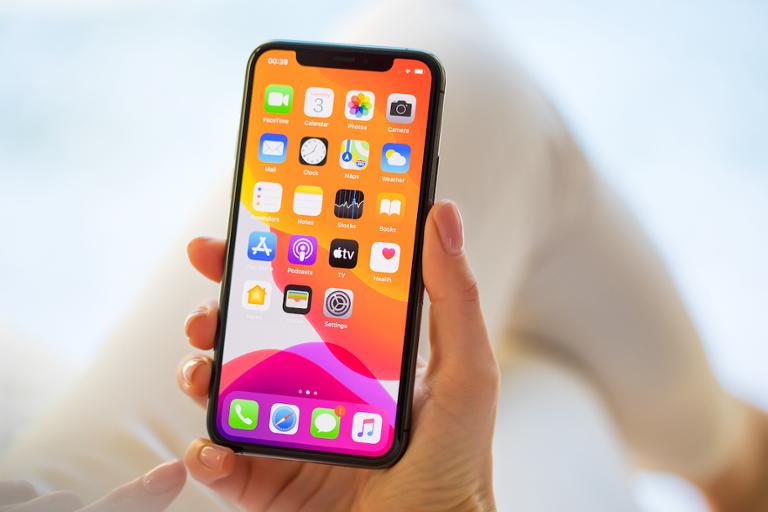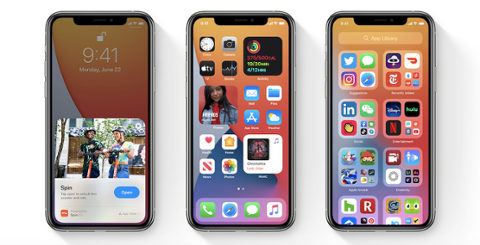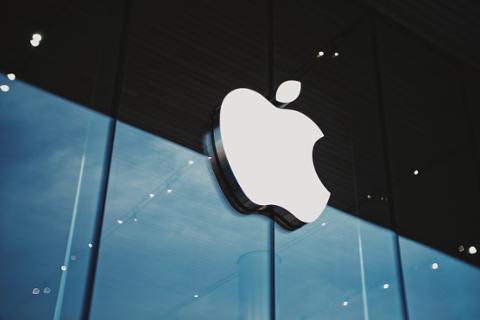
WWDC 2021 is right around the corner. Like last year, the buzz surrounding the event is muted by an ongoing health-related pandemic. COVID-19 has stripped a lot of the “fun” from WWDC; there are no in-person meetups to plan, side events to attend, or travel to schedule.
Nonetheless, the developer world will tune in: last year’s stream garnered 22 million views. But what should you expect? We spoke with a few experts on what we may see at WWDC 2021.
Platforms (Obviously)
One thing is absolute: WWDC 2021 will bring us new versions of iOS, macOS, iPadOS, watchOS, and tvOS.
The real question is how Apple will update its platforms. Sage Young, Director of Mobile Engineering at Fueled, hopes iOS 15’s major update includes iMessage: “As a consumer, probably the most anticipated feature improvement for iOS 15 will be an overhaul of the iMessage app. While Apple has made incremental updates over the years, most of them have fallen short of improving the fundamental utility of a messaging app which has been offered through alternatives like Slack and WhatsApp.”
Apple may use iMessage as a bridge between its walled gardens. Its macOS alternative is missing tons of features found on iPhone and iPad, which feels dated and a bit nonsensical at this point.
Some speculate iPadOS will get a more desktop-like overhaul and users will have the ability to better manage home screen widgets with more granularity. This comes via Bloomberg, which also reports iOS 15 will see an updated lock-screen user interface and better notification handling that will only alert you at certain times (while you’re on a lunch break at work, for example). It’s worth noting Bloomberg’s report also says iMessage will be more like a social network moving forward.
MacOS will always be a big star of the show at WWDC, and this year opens up a lot more potential for disruption from Apple. Last year, macOS went to version 11, leaving behind decades of OS X 10-dot-something versioning. Maybe Apple will introduce macOS 12 this year, or continue to iterate on version 11.
Whatever the case, expect macOS to continue its more-mobile-than-desktop user interface path, and add apps and features that are familiar to iOS users. We can say the same for watchOS and tvOS; while both have their own bespoke use-cases (i.e., health and streaming), they could add apps, platforms, services, and interface tweaks that are very iOS-like.
And there’s a good reason for Apple platforms taking this route. Well, two reasons, really.
SwiftUI
Introduced in 2019, the SwiftUI framework allowed for a simpler, declarative approach to app creation, specifically interface building. Apple notes: “The framework provides event handlers for delivering taps, gestures, and other types of input to your app, and tools to manage the flow of data from your app’s models down to the views and controls that users will see and interact with.”
SwiftUI is for “any platform” according to Apple. MacOS is the most glaring example of how SwiftUI is now Apple’s preferred—and maybe default—method for bridging its platform gaps. Vladimir Lobanov, iOS developer at Orangesoft, hopes “there will be upgrades of widgets and SwiftUI library” to facilitate a more globalized UI across Apple’s platforms.
Young adds: “I would hope to see substantial iterative improvements on SwiftUI.”
SwiftUI can steal the show at WWDC 2021. A massive dump of much-needed features would thrill developers everywhere. We’ll be blunt: Apple sort of limped SwiftUI out in 2019, and rang the bell again in 2020 without updating or upgrading the framework much. In light of that, 2021 is the perfect year for SwiftUI to be upgraded significantly, because…
Augmented Reality is Coming
Reports indicate Apple may release an augmented or mixed reality headset in 2022; the latest chatter has this headset priced in the $1,000-$1,500 range. Tim Cook routinely says AR is “critically important” for Apple. He also points out that AR can be used for just about anything; retail, education, gaming—you name it.
Apple is increasingly involved in various areas of interest for both consumers and enterprise, and it’s hard to find a space in Apple’s ecosystem where an AR headset doesn’t make a lot of sense.
So what does a headset have to do with WWDC 2021? SwiftUI is, in many ways, AR-friendly. A lot of its widgets and cards would be excellent in an augmented reality setting, and its heavy reliance on accessing back-end services would make designing lightweight hardware simpler for Apple.
If Apple really is planning an AR headset for release in 2022, WWDC 2021 may be the perfect time to prime developers and the rest of the world by showing it off. For developers, an AR headset and SwiftUI update create a necessary play for encouraging more use of SwiftUI, particularly for developing apps for an entirely new platform.
Consumers would have a year or so to wrap their head around the concept of glasses wrapped around their head, and an early look could create a lot of excitement, which would help create a massive new revenue stream for developers.
In the past, Apple has introduced hardware at WWDC, but the post-keynote showcases have been largely hands-off. (I recall Apple staff essentially threatening to tackle a reporter who dared reach over the table to touch a HomePod.) A virtual event allows Apple to produce flashy videos and stage the headset however it sees fit. Maybe we see a concept video that cuts to Tim Cook holding or wearing the eyewear before closing the keynote.
Lingering Doubts – and a Possibly Boring WWDC
Most experts we spoke with believe WWDC21 will give us a lot of iterative updates, reminiscent of WWDC 2018. 2021 could be 2018 redux. If so, the virtual WWDC is the perfect format for it; no awkward pauses for applause that never arrives, and no heightened expectations from a live crowd.
In 2018, stability improvements were a precursor to macOS 11. It’s possible a similarly subdued WWDC 2021 will lay groundwork for augmented reality in 2022. We should also note there were several key features introduced in 2020 that went nowhere, but are primed for a comeback of sorts. It would be fair to claim App Clips were rendered useless by COVID-19; we weren’t doing things like grabbing coffee or paying for parking, both real-world use-cases for this feature. Still, App Clips feels like something designed for a standalone AR headset (i.e., pay for parking my staring at the QR code on the meter and approving the purchase with my watch). It’ll be low-key brilliant if it happens.
AR or not, WWDC 2021 will leave you with a lot to do if you’re a developer in Apple’s ecosystem. Last year gave us over two full work weeks’ worth of video; if SwiftUI sees an update, we expect a lot of developers will reintroduce themselves to the framework. If you’re looking for a sleeper hit to steal the show this year, it’s likely SwiftUI.


